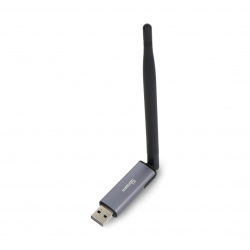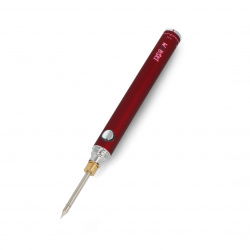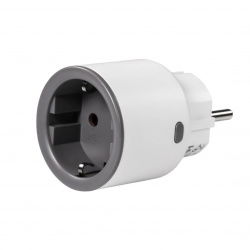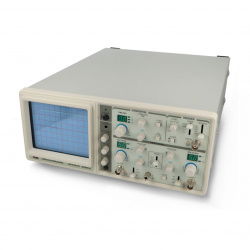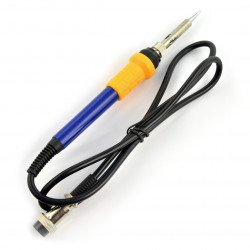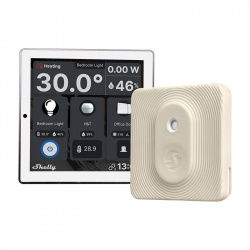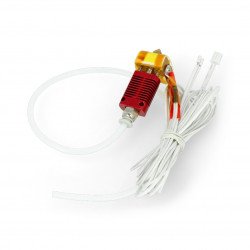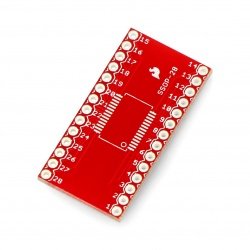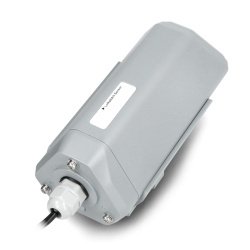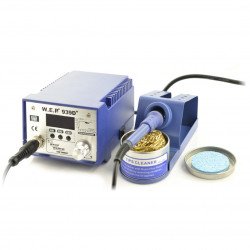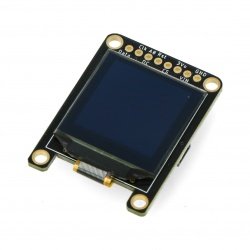An optoisolator (also called an optical insulator) is an electronic component and conductor that consists of one or more photoemitors. An optoiser transmits electrical signals between two isolated electrical circuits using light. The value of optical coupling in electronic circuits to ensure galvanic isolation was noticed as early as the 1960s. Back then, optoisolators were still based on photoresistors and light bulbs - the slowest, but also the most linear systems of this type. Such solutions still have their niche applications - for example in the audio and music industry. However, the mass commercialization of LED technology in the 1970s made it possible to develop more modern types of optoisolators, which are still available in stores today.
Optoisolators
Multiple optocoupler LTV847 - THT - 5pcs.
4-channel optocoupler, replacement for PC847. Transistor output. Maximum voltage 35 V. Housing: DIL16.Single Channel Optocoupler PC817 - THT - 10pcs
Optocoupler 1-CH. Transistor output. Case: DIP4. Items are sold in sets of 10 pieces.See also
Optoisolator - Optical galvanic isolation systems
The optocoupler contains a light source . This is almost always an IR LED , which converts the electrical input signal into light, a dielectric optical channel, and a light detector that detects the emitter light. It generates electricity directly or modulates electric current flowing from an external power source. This sensor may be a photoresistor, photodiode, phototransistor or phototriac. Because LEDs can detect light in addition to emitting it, it is possible to construct symmetrical bidirectional optical isolators using them. Typically, optocouplers transmit digital signals (on-off), although some techniques allow their use with analog signals.
Advantages of using galvanic isolation in electronic systems
Electronic equipment and signal and power transmission lines may be subject to voltage spikes induced by lightning, electrostatic discharge, etc. A lightning strike can cause a voltage increase of up to 10,000 V. Such high voltage spikes can damage input circuits as well as entire electronic devices. The main function of an optocoupler is to block such high voltages. This element eliminates the risk of transient states occurring in the signal path. Commercially available optocouplers withstand input voltages up to 10 kV and pulses with a rise time of up to 25 kV/μs.
The most important parameters of optocouplers
When selecting a galvanic isolator , regardless of the type, you need to pay attention to two parameters. One of them is the maximum allowable transmission rate , which will limit the communication speed through the optical isolation barrier. The second parameter is the maximum allowable potential difference between the primary and secondary sides of the system. Most optoisolators on the market use inexpensive, bipolar silicon phototransistor sensors. They achieve average data transfer speeds, sufficient for applications such as signal isolation in automation or protection of digital interfaces. The fastest optoisolators use PIN photodiodes in the photoconduction mode.
Easy implementation in the system
Modern integrated optocouplers require only a minimum number of external components to operate. Elements of this type are adapted to their role - the role of galvanic isolators of digital lines, therefore the input and output of the system operate in the TTL logic standard - 5 V, 3.3 V and others, as needed. Only two resistors are needed to implement a typical optocoupler with an LED and a phototransistor. Multiple optocouplers available in our store, containing several insulators in one housing, facilitate installation and reduce the area on the PCB occupied by galvanic isolation of signals.
Optocouplers - FAQ
An optocoupler (also called an optocoupler) is an electronic component that transfers electrical signals between two isolated circuits using light. Optocouplers prevent high voltages from affecting the signal receiving system.
An optocoupler connects the input and output sides using a light beam modulated by the input current. It converts the usable input signal into light, transmits it through a dielectric channel, and then captures the light on the output side and converts it back to an electrical signal.






























































































































































































































































































































